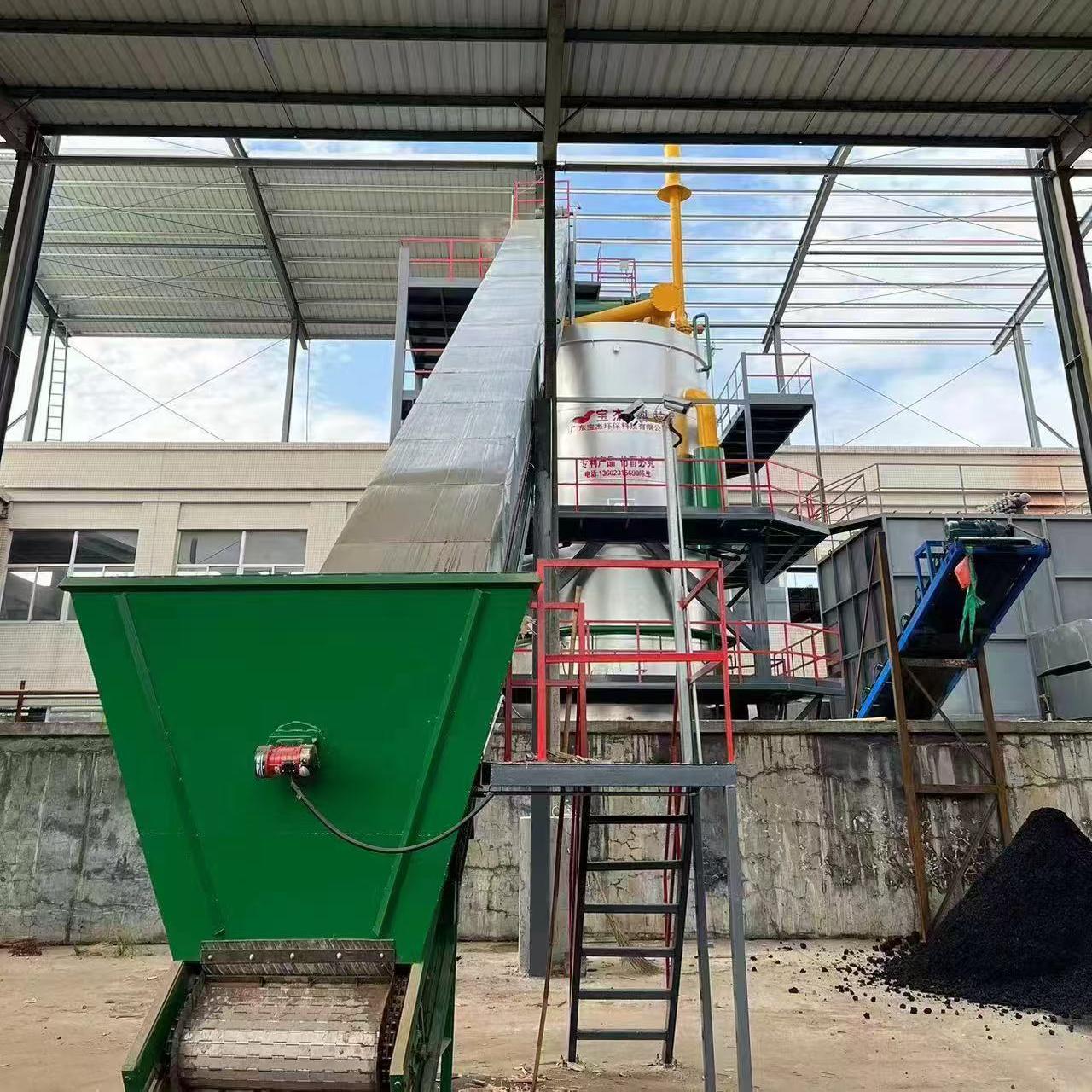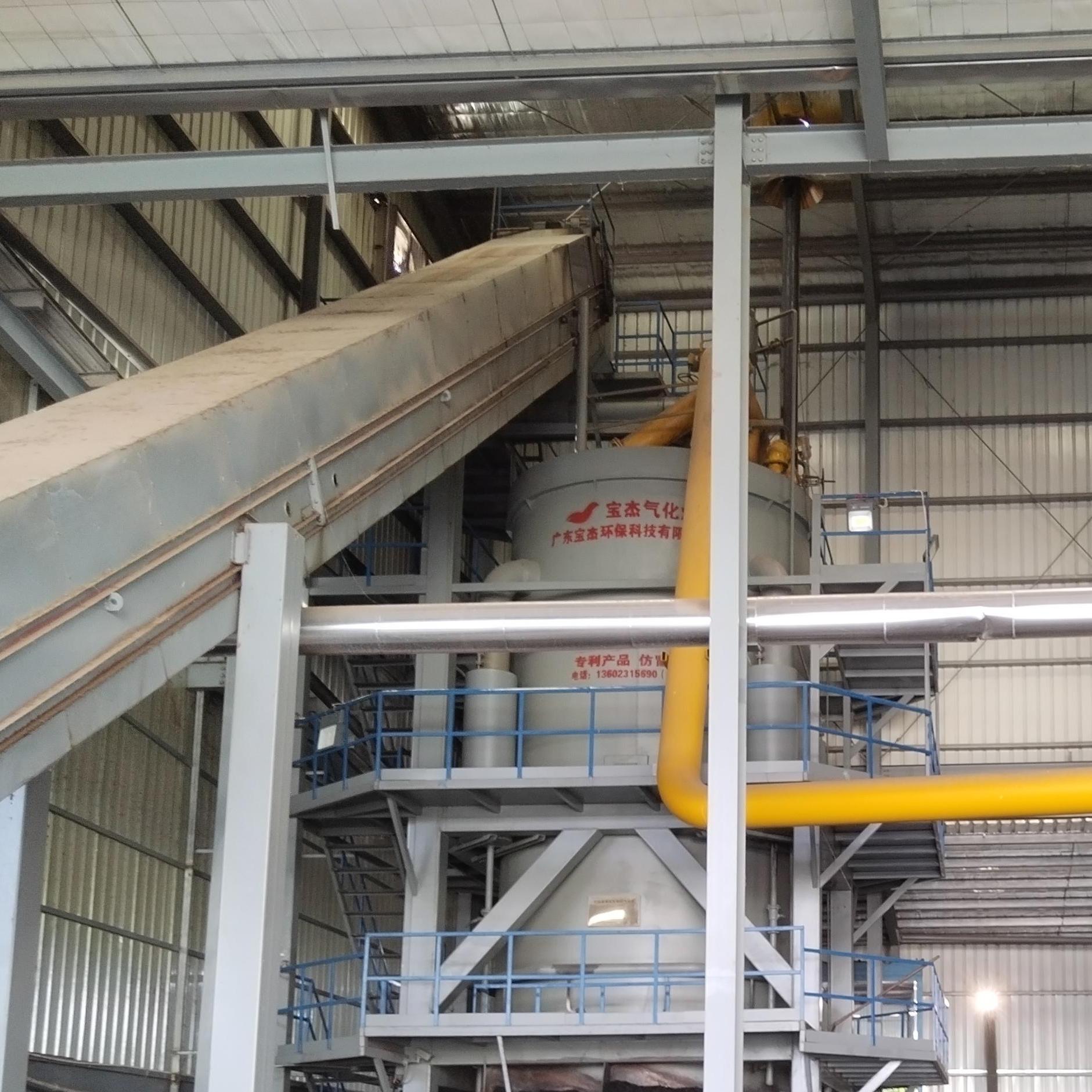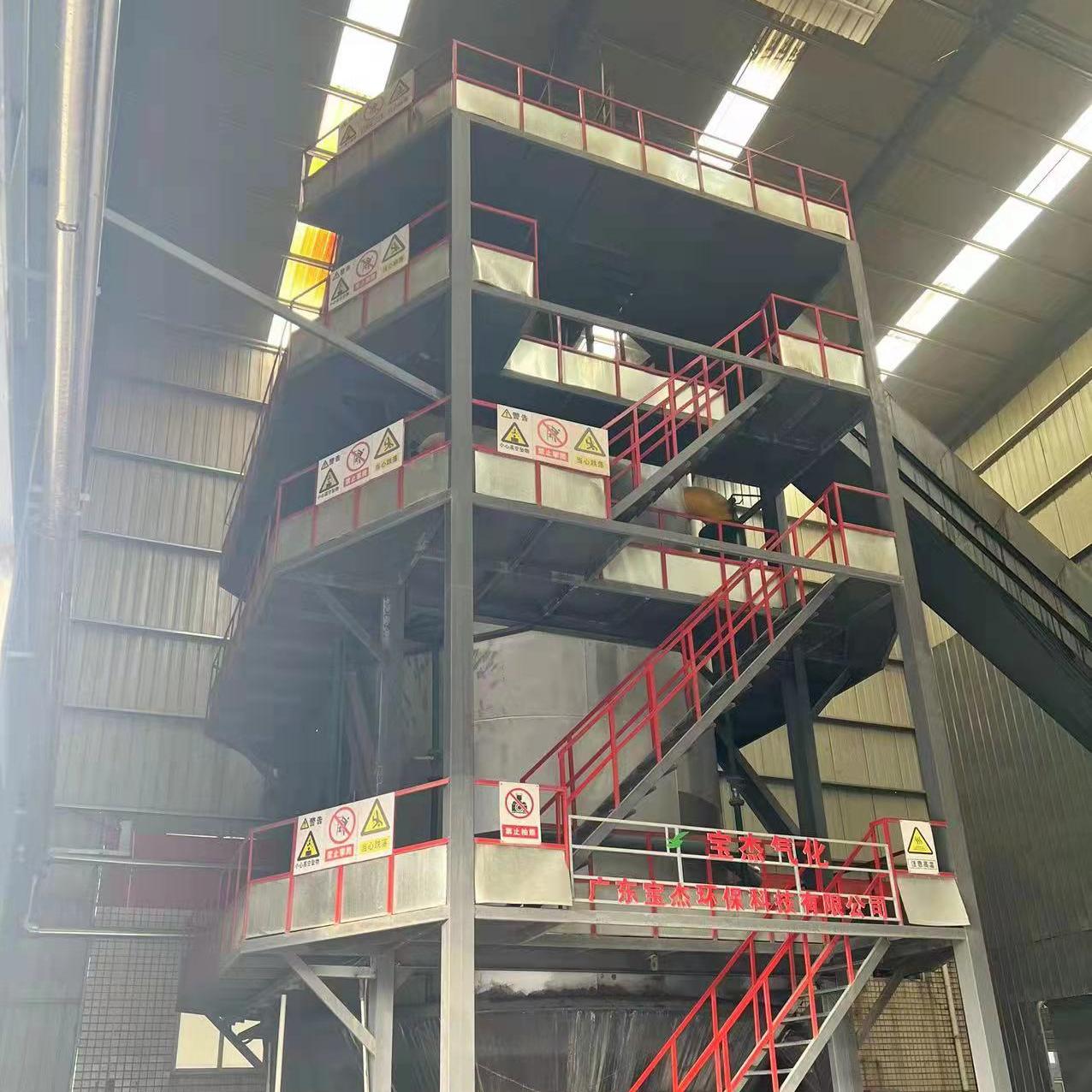R&D and manufacture of biomass gasification equipment, environmental protection equipment, boiler equipment, investment in heating (steam) energy operation and management.
Tel:+86 0769-82928980
E-mail:[email protected]
Web Menu
Product Search
Exit Menu
Industry News
How Does Catalyst Selection Impact the Performance of SCR Denitration Systems?
Selective Catalytic Reduction (SCR) denitration technology has become one of the most effective and widely adopted methods for controlling nitrogen oxides (NOx) emissions from power plants, industrial boilers, cement kilns, and other large-scale combustion facilities. At the heart of the SCR system lies the catalyst, which facilitates the reaction between the reducing agent (ammonia or urea) and NOx, converting harmful pollutants into harmless nitrogen and water vapor. The performance, efficiency, and longevity of an SCR system are deeply influenced by the selection of the catalyst. This article explores the role of catalyst selection, its impact on system performance, and the key factors that engineers and operators must consider.
1. The Role of Catalysts in SCR Denitration Systems
Catalysts in SCR systems serve as the active surfaces where the chemical reaction occurs. Without the catalyst, the reaction between ammonia and NOx would require much higher temperatures, making the process impractical for industrial applications. By providing active sites for the reaction, the catalyst lowers the activation energy and enables high-efficiency NOx reduction over a broader temperature window.
The efficiency of this reaction depends largely on the type of catalyst chosen, as different formulations and structures offer varying performance in terms of activity, selectivity, durability, and resistance to poisoning.
2. Common Types of SCR Catalysts
SCR catalysts are typically classified based on their active components. The most widely used categories include:
-
Vanadium-Based Catalysts (V₂O₅/TiO₂):
These are the most common catalysts, valued for their high activity in the typical operating range of 300–400°C. They also show strong resistance to sulfur poisoning. However, their use can be limited in certain applications due to concerns about vanadium volatility and potential secondary emissions of ammonia sulfate. -
Zeolite-Based Catalysts (Cu-Zeolite, Fe-Zeolite):
Zeolite catalysts are increasingly used in mobile and low-temperature applications. They offer excellent low-temperature activity (150–250°C) and higher thermal stability. Zeolites are often applied in diesel exhaust after-treatment but are also making their way into stationary SCR systems. -
Tungsten-Modified Catalysts:
Adding tungsten improves the catalyst’s resistance to sintering and poisoning while extending its lifespan. -
Other Metal Oxide Catalysts:
Research continues into mixed metal oxides and alternative formulations that offer enhanced selectivity, reduced cost, and improved environmental safety.

3. Impact of Catalyst Selection on NOx Reduction Efficiency
The primary goal of catalyst selection is to ensure that NOx is reduced effectively under the operating conditions of a given facility. Different catalysts perform better at different temperature ranges, and selecting the right one can determine whether the system achieves 70%, 90%, or even higher NOx reduction efficiency.
-
Temperature Window Matching:
A vanadium-titanium catalyst may provide near-optimal performance at 350°C, but if the flue gas temperature is consistently below 250°C, the efficiency will drop significantly. In such cases, a zeolite-based catalyst would be a better choice. -
Ammonia Slip Control:
A well-matched catalyst improves the utilization of ammonia, minimizing ammonia slip (unreacted NH₃ emissions), which can otherwise cause secondary pollution and additional maintenance costs. -
High Load vs. Variable Load Operations:
Power plants and industrial facilities often experience load variations. A catalyst capable of maintaining activity across a broad range of temperatures ensures stable NOx reduction regardless of operating conditions.
4. Catalyst Durability and Resistance to Poisoning
Catalyst deactivation is one of the greatest challenges in SCR operation. Catalyst selection directly impacts how well the system resists poisoning from contaminants such as sulfur, alkali metals, arsenic, and particulate matter in the flue gas.
-
Sulfur Resistance:
Vanadium-based catalysts are generally more resistant to sulfur poisoning than zeolites, making them suitable for coal-fired power plants with higher sulfur content. -
Arsenic Resistance:
Arsenic in coal can quickly deactivate many catalysts by blocking active sites. Catalysts with protective coatings or special formulations are required in such environments. -
Dust and Particulate Resistance:
The pore structure of the catalyst also matters. Catalysts with larger pore sizes are less prone to plugging from fly ash, thus extending their service life.
Choosing the right catalyst means balancing the expected flue gas composition with the catalyst’s tolerance to contaminants.
5. Economic and Operational Impacts of Catalyst Choice
The cost of a catalyst is not limited to its initial purchase price. It also determines the maintenance cycle, replacement frequency, and system downtime. A high-quality catalyst with better resistance to poisoning and longer service life can significantly reduce lifecycle costs, even if it is more expensive upfront.
-
Maintenance Intervals:
A more durable catalyst reduces the need for frequent regeneration or replacement, saving labor and maintenance costs. -
Replacement Costs:
Some catalysts may last 20,000–40,000 operating hours, while others degrade much faster under harsh conditions. -
Energy Efficiency:
Operating the SCR system at the catalyst’s optimal temperature range reduces the need for additional heating or cooling, improving the plant’s overall efficiency.
6. Environmental and Regulatory Considerations
Environmental regulations around the world are becoming stricter, requiring lower NOx emissions across a variety of industries. Catalyst selection plays a critical role in ensuring compliance.
-
Low-Temperature Performance:
In regions with strict NOx emission standards, low-temperature catalysts enable operators to meet targets even during startup and low-load operations. -
Secondary Emissions Control:
Choosing a catalyst with high selectivity reduces unwanted byproducts such as nitrous oxide (N₂O) or ammonia slip, helping facilities comply with multiple emission standards simultaneously. -
Future-Proofing:
Facilities may select advanced catalysts that anticipate future tightening of environmental standards, avoiding costly retrofits later.
7. Advances in Catalyst Technology
Ongoing research and innovation in SCR catalysts aim to improve performance, reduce costs, and expand operational flexibility. Notable advancements include:
- Nano-Structured Catalysts: Improved surface area and active site distribution for higher reactivity.
- Multi-Functional Catalysts: Capable of reducing multiple pollutants (e.g., NOx and SO₂) simultaneously.
- Regenerable Catalysts: Designed to be more easily restored after deactivation, lowering replacement costs.
- Customized Formulations: Tailored catalysts optimized for specific industries, fuels, and operating conditions.
These innovations expand the options available, making catalyst selection an even more critical decision for system performance.
8. Case Studies: The Importance of Proper Catalyst Selection
- Coal-Fired Power Plants: Plants burning high-sulfur coal typically benefit from vanadium-based catalysts due to their sulfur resistance, ensuring stable NOx reduction.
- Gas Turbine Exhaust: Low-temperature zeolite catalysts are preferred, as flue gas temperatures are often below the optimal range of vanadium catalysts.
- Cement Plants: Special catalysts with high resistance to dust and alkali metals are required to handle the abrasive flue gas environment.
These examples highlight how tailoring catalyst selection to the industry and fuel type can make the difference between regulatory compliance and system underperformance.
Conclusion
Catalyst selection is the single most important factor influencing the performance of SCR denitration systems. The right choice ensures high NOx reduction efficiency, extended durability, low ammonia slip, and compliance with environmental regulations, all while minimizing lifecycle costs. Engineers must consider flue gas composition, operating temperature, load variations, and regulatory requirements when selecting a catalyst. With ongoing innovations in catalyst technology, operators now have more options than ever to optimize their SCR systems for efficiency, sustainability, and cost-effectiveness.
Quick Links
Products
contact Us
 Tel: +86 0769-82928980
Tel: +86 0769-82928980 Fax: [email protected]
Fax: [email protected] E-mail: [email protected]
E-mail: [email protected] Company Address: Dalang Chamber of Commerce Building, No. 288 Yinlang South Road, Dalang Town, Dongguan City 13333, China
Company Address: Dalang Chamber of Commerce Building, No. 288 Yinlang South Road, Dalang Town, Dongguan City 13333, China Factory Add:
West side of Centre Road and south side of Zhongyuan Road within Hongcaoyuan, Hongcao Town, Shanwei Urban District
Factory Add:
West side of Centre Road and south side of Zhongyuan Road within Hongcaoyuan, Hongcao Town, Shanwei Urban District
Copyright© 2022 Guangdong Bao Jie Technology Co., Ltd.All Rights Reserved.


 EN
EN 





